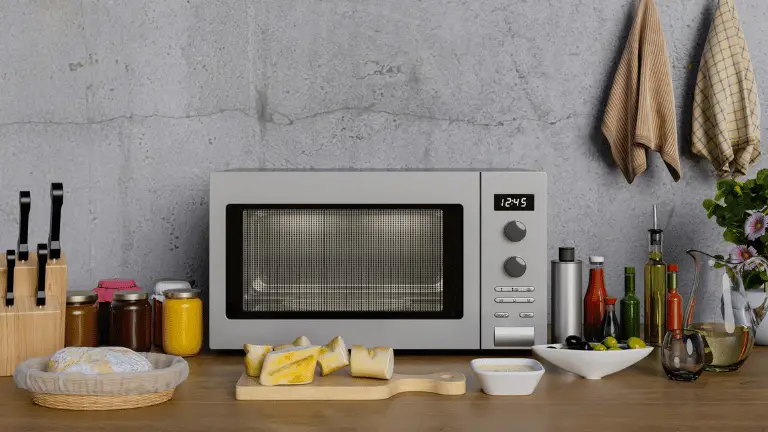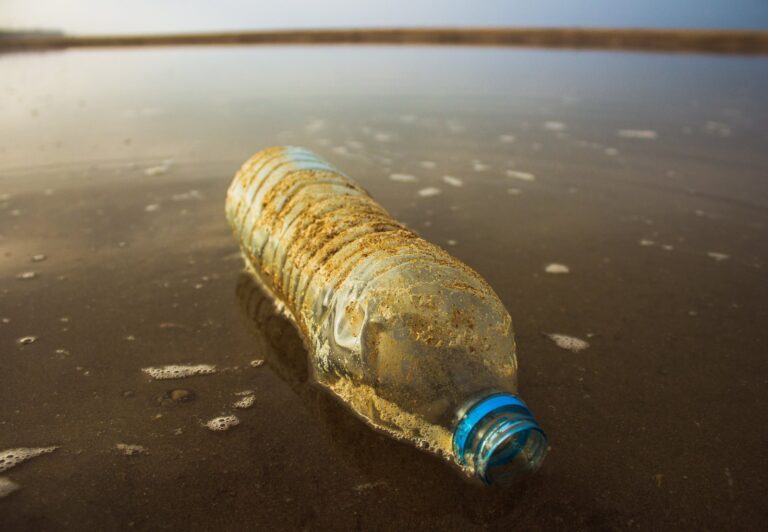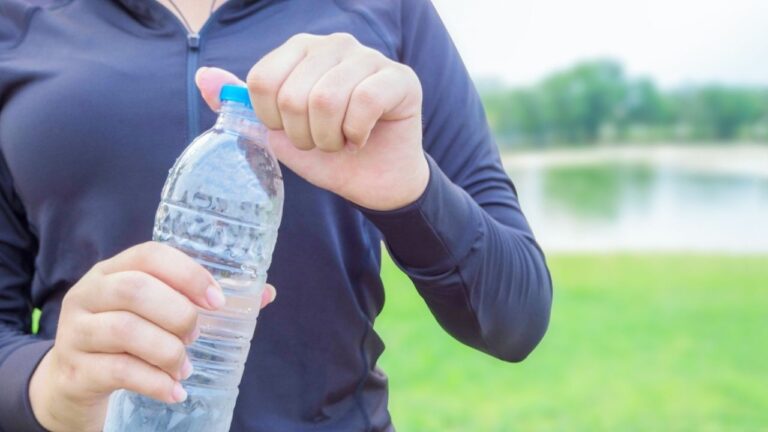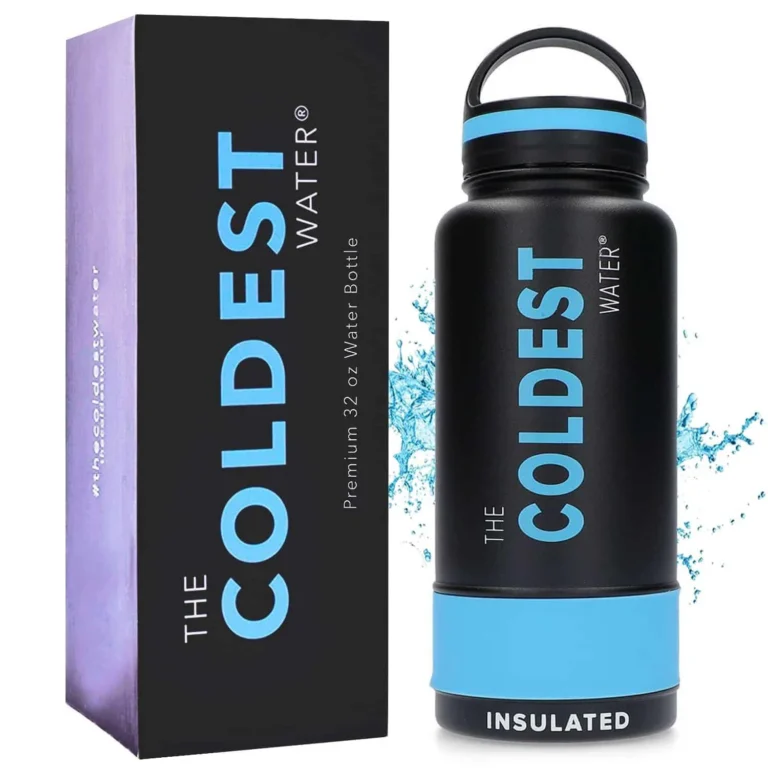Microwaves are a staple in most kitchen appliances. It is also a quick and easy way to heat up food. But can you put a water bottle in the microwave? This is a question that is often asked by those who want to quickly heat up water without waiting for it to boil.
Actually, there are some considerations to keep in mind when attempting to heat a water bottle in the microwave. In this blog post, we’ll discuss the potential dangers of putting a water bottle in the microwave, safe alternatives to microwaving a water bottle, and how to do it if you decide to take the risk.
We’ll also explore the different types of materials that can be microwaved. Also providing tips on how to make your microwaving experience as safe as possible.
Whether you’re looking to save time while boiling water or simply curious about the effects of microwaving a water bottle, this post is sure to provide the information you’re looking for.
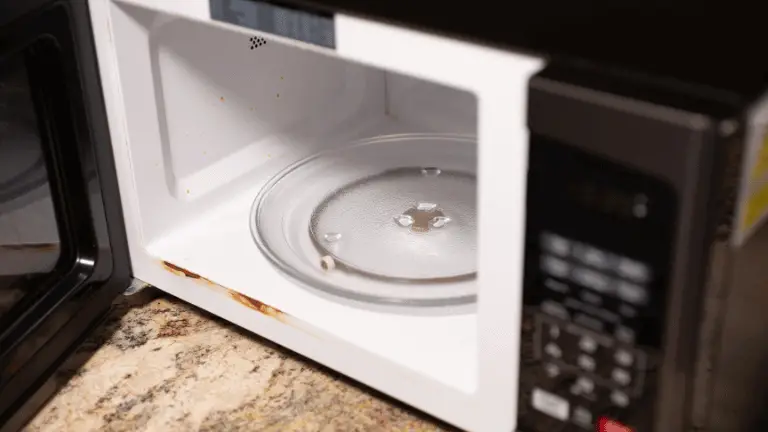
The Risks Associated with Microwaving A Water Bottle
Microwaving a water bottle is not recommended due to the inherent risks associated with it. When water is heated to high temperatures in a water bottle, it can cause the bottle to become weakened. Over time, it can even crack or shatter.
Additionally, hot spots can build up in the areas of the bottle that are not filled with water, creating additional pressure on the bottle and potentially causing it to break.
Furthermore, if the bottle is not designed to withstand high temperatures, it may contain materials that are not safe to ingest. As such, it is best to avoid microwaving water bottles as a way to heat up your beverage.
Materials that are Safe to Place in the Microwave
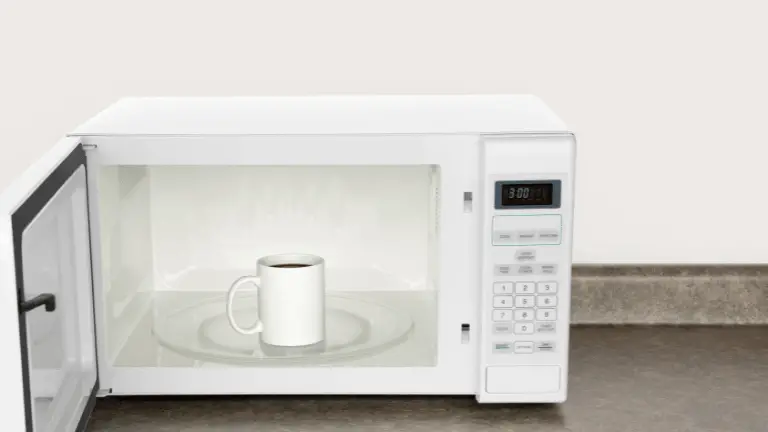
It is generally safe to place certain materials in the microwave. These materials include:
- Ceramic coffee mugs
- Glass baking dishes
- Microwave-safe plastic containers
- And paper towels
When microwaving, these materials should be placed on a microwave-safe plate and not directly on the turntable. It is important to check the manufacturer’s instructions before microwaving any material, as some materials may not be suitable for microwaving.
Alternatives to Microwaving a Water Bottle
As well as the microwave is a convenient option for heating a water bottle. There are other alternatives that can be used as well. Here are three alternatives to microwaving a water bottle:
1. Boiling – Place the water bottle in a pot of boiling water and let it heat up for a few minutes.
2. Hot Water Soak – Place the water bottle in a bowl of hot water and let it soak for a few minutes.
3. Stovetop – Place the water bottle in a saucepan on the stovetop and heat it up over low to medium heat for a few minutes.
In all cases, be sure to test the water temperature before drinking to ensure it is not too hot.
Proper Care for Microwaves to Avoid any Potential Issues
Proper care and maintenance of microwaves are essential to ensure they perform optimally and avoid any potential issues. This includes cleaning the interior after each use, wiping the exterior, and replacing any worn-out parts.
Additionally, it is important to understand the boundaries of what can go in the microwave, as many items can be a fire or safety hazard if put in the microwave.
It is also important not to overload the microwave, as this can cause damage to the appliance and lead to safety issues.
How to Identify when A Water Bottle is not Microwave Safe?
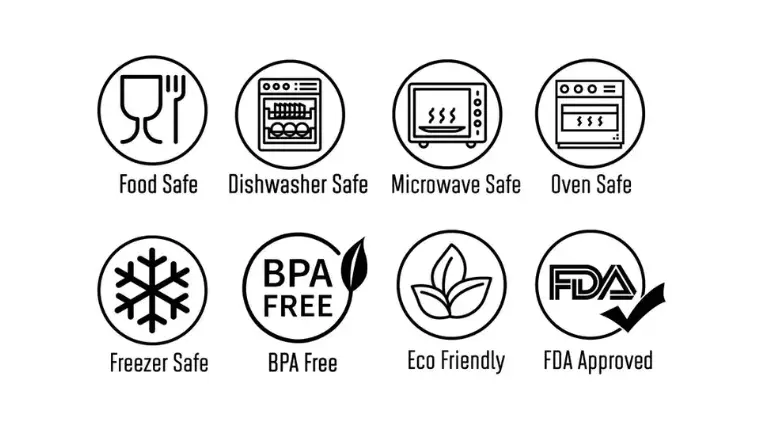
In order to determine whether a water bottle is microwave-safe. It is important to check the bottom of the bottle for a symbol.
This symbol will typically be a square with either a beaker or a wavy line inside it. This indicates that the bottle is safe to use in a microwave.
Additionally, it is important to make sure that the bottle is made of plastic that is BPA-free. If the bottle is made of glass, it should not be used in the microwave.
Finally, it is important to make sure that the bottle does not have any metal parts, as these can cause sparks and damage the microwave.
The Bottom Line
It is not safe to put a water bottle in the microwave. Plastic bottles can easily be damaged when exposed to high temperatures which can cause them to melt and release hazardous chemicals into your food.
It is always best to err on the side of caution and avoid putting any type of bottle in the microwave. With a few exceptions, bottles should only be heated on the stovetop or in the oven.

